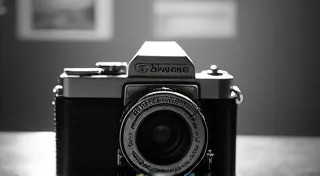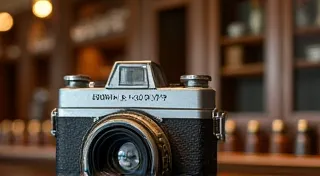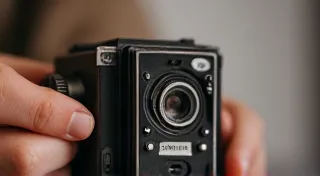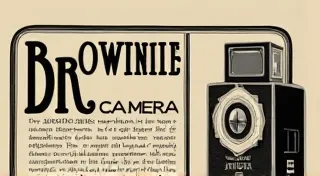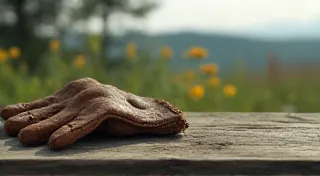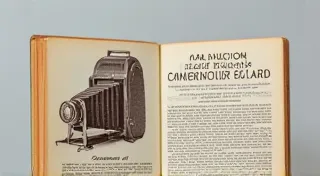The Echo Bloom: Brownie Cameras and the Preservation of Transient Moments
There's a particular scent associated with old things – a whisper of dust, paper, and time itself. When I open a vintage Brownie camera, that scent isn’t just olfactory; it’s an immersion. It’s the smell of grandparents’ albums, of vacations etched onto fading photographs, of a world largely untouched by the relentless churn of the digital age. These unassuming boxes, once ubiquitous on picnics and family outings, hold within them a profound echo – the bloom of moments past.
The Kodak Brownie, introduced in 1900, wasn’t just a camera; it was a cultural earthquake. Before the Brownie, photography was largely the domain of the wealthy or the intensely dedicated amateur. It demanded considerable technical knowledge, expensive equipment, and a lengthy, often frustrating, process. George Eastman, the brilliant mind behind Kodak, understood the inherent yearning within the average person to capture their experiences, and he set out to democratize that possibility. At just $1 – equivalent to roughly $30 today – the Brownie made photography accessible to the masses. It was designed for simplicity, almost deliberately lacking in complex features. “You press the button, we do the rest,” the advertising proclaimed, and it resonated deeply.
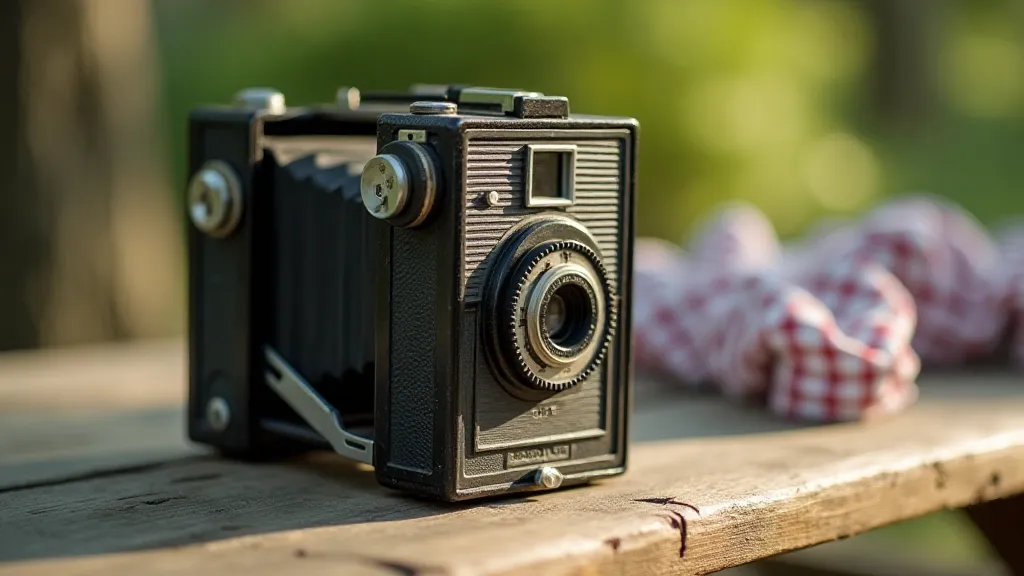
A Window into Everyday Life
Consider the sociological impact. Suddenly, ordinary people – families, school children, tourists – could document their lives in a way never before possible. We’re not looking at posed portraits of the elite; we're seeing candid snapshots of children playing, families on holiday, small-town gatherings. These images aren’t meticulously crafted works of art; they's fragments of reality, imperfect and precious precisely because of their authenticity. They reflect the clothing, the architecture, the social customs of their time with a startling immediacy. The marketing and design choices Kodak employed in launching these cameras are a fascinating subject of study - exploring original vintage Brownie advertising provides a rich understanding of how these devices became household names. Understanding the power of visual communication and its impact on shaping cultural narratives is a subject that continues to resonate today.
My own fascination with Brownie cameras began with a box of my grandfather’s old photographs. There I was, a young boy unaware of the lens, immortalized in grainy black and white, building sandcastles on a beach. Next to me, my grandfather, his face etched with a quiet joy, captured a moment that would otherwise have been lost to the relentless passage of time. That experience wasn’t just about rediscovering the past; it was about reconnecting with a lineage, understanding the continuity of human experience across generations. It’s a remarkable feeling to hold a piece of history that directly connects you to your family’s story.
Craftsmanship and the Beauty of Imperfection
Holding a Brownie camera, you can almost feel the hands that crafted it. These weren’t mass-produced, disposable items. They were built to last, with sturdy metal bodies, simple yet effective lenses, and meticulous attention to detail. The leatherette coverings, the brass fittings, the satisfying click of the shutter – all speak to a commitment to quality that's sadly lacking in much of today’s consumer goods. Even the imperfections – the scratches, the wear, the occasional light leak – contribute to their charm, testifying to the camera's history and the countless moments it has witnessed. Preserving and restoring these cameras is a testament to the quality of design and construction prevalent in a bygone era.
Restoring a Brownie isn’t about returning it to a pristine, factory-fresh condition. It’s about preserving its character, its patina of age. Cleaning the lens carefully, ensuring the shutter fires smoothly, perhaps replacing a worn leatherette covering – these are acts of reverence, of acknowledging the camera’s enduring value. A fully restored Brownie is a testament to the skill and dedication of both its original creators and its subsequent custodians. For those looking to acquire their own Brownie, learning effective finding Brownie cameras strategies is crucial to securing a quality piece of history. The process of discovery – the thrill of uncovering these photographic time capsules – is almost as rewarding as owning the camera itself.
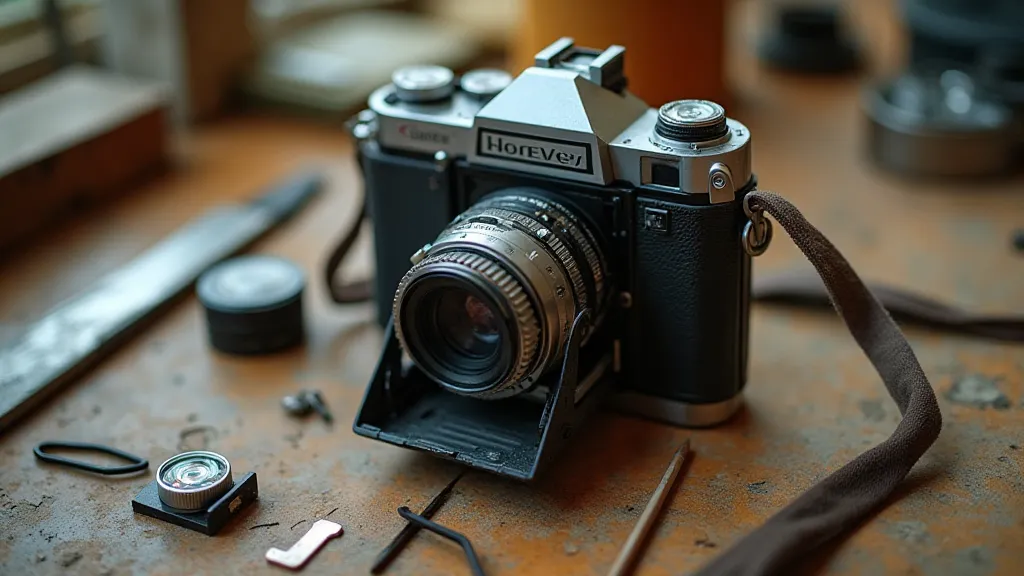
The Fleeting Nature of Existence
The very limitations of the Brownie – the slow film speed, the lack of sophisticated metering – are part of what makes its photographs so compelling. They force you to be mindful, to compose carefully, to wait for the decisive moment. They’s a stark contrast to the instant gratification of modern digital photography, where we can take hundreds of photos in a single outing, deleting the ones we don’t like without a second thought. The Brownie encourages a different kind of engagement with the world, a slowing down, a deeper appreciation for the ephemeral nature of existence. It prompts a more thoughtful and deliberate approach to capturing memories, a stark contrast to the rapid-fire nature of contemporary photography.
Consider the light itself. Brownie photographs are often characterized by their soft, diffused light, a consequence of the slow film speed and the often-challenging conditions in which they were taken. This softness lends a dreamlike quality to the images, softening the edges of reality and imbuing them with a sense of nostalgia. These aren’t photographs that scream for attention; they whisper, inviting you to lean in and discover their secrets. The unique aesthetic born from these limitations continues to captivate and inspire artists and photographers today.
Beyond the Brownie Star: An Evolving Legacy
The initial success of the Brownie paved the way for numerous iterations and subsequent models within the Kodak lineup. While the original Brownie cemented Kodak’s place in photographic history, models like the "Brownie Star" represented further refinements and variations on the core design. Understanding the evolution of these cameras provides valuable context for appreciating the original's significance. It is fascinating to see how Kodak adapted and responded to changing consumer preferences in the post-war era. The technical specifications and design choices of cameras like the Brownie Star offer a unique window into the technological advancements of the time, alongside an appreciation for the pioneering spirit of the original model. Examining these later models showcases Kodak's continued commitment to accessible photography for the everyday person. The ingenuity behind these advancements serves as a compelling example of innovation in consumer technology.
Rekindling the Light: Photography and Creative Writing
The power of vintage photography extends far beyond the purely visual. These images can serve as potent catalysts for creative writing, sparking narratives, poems, and short stories inspired by the lives and experiences they depict. Imagine crafting a story about the family in the faded photograph, speculating about their hopes, their dreams, their sorrows. Or writing a poem inspired by the light, the composition, the emotional resonance of the image. For enthusiasts seeking to improve their results, delving into advanced Brownie photography techniques can unlock a new dimension of creative possibilities. The interplay between visual art and written expression provides a rich tapestry of storytelling opportunities.
The "found photograph" genre, a literary form that utilizes discovered photographs as inspiration, thrives on this kind of evocative power. A single Brownie snapshot can unlock a universe of possibilities, allowing writers to explore themes of memory, loss, identity, and the passage of time. By engaging with these images, we not only preserve the past but also enrich the present. The ability of a single image to evoke such profound emotions and inspire creativity speaks to the enduring power of photography.
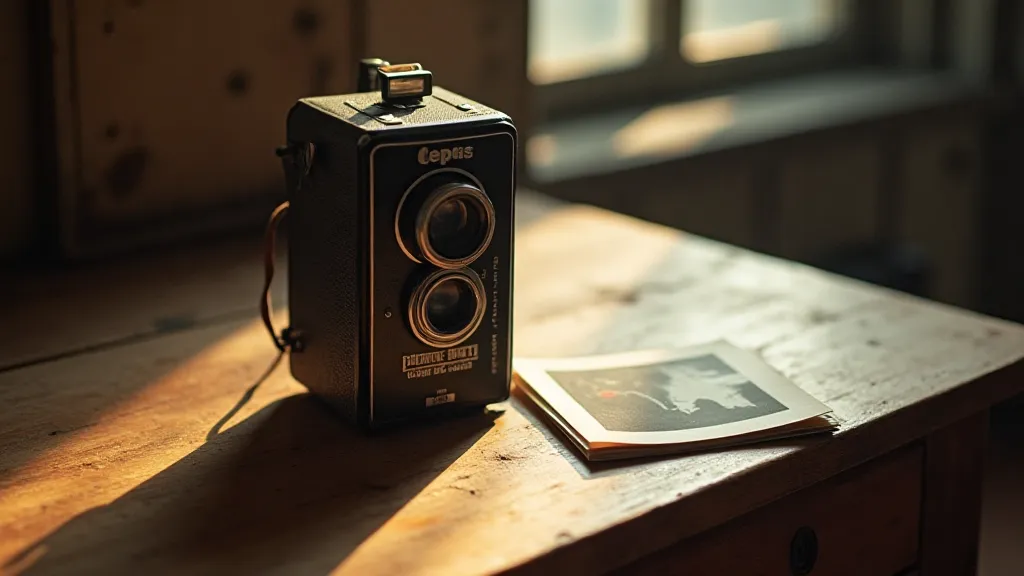
The Brownie camera stands as a powerful reminder of the human desire to connect, to remember, to leave a mark on the world. It’s more than just a piece of antique equipment; it’s a portal to another time, a vessel for preserving fleeting moments, and a source of endless inspiration. By appreciating these unassuming devices and the stories they hold, we can rekindle the light of the past and illuminate the present. The impact of this device echoes through generations, continually inspiring new avenues of creativity and connection. Ultimately, the legacy of the Brownie camera is one of democratization, accessibility, and the enduring power of simple, yet profound, technology.
